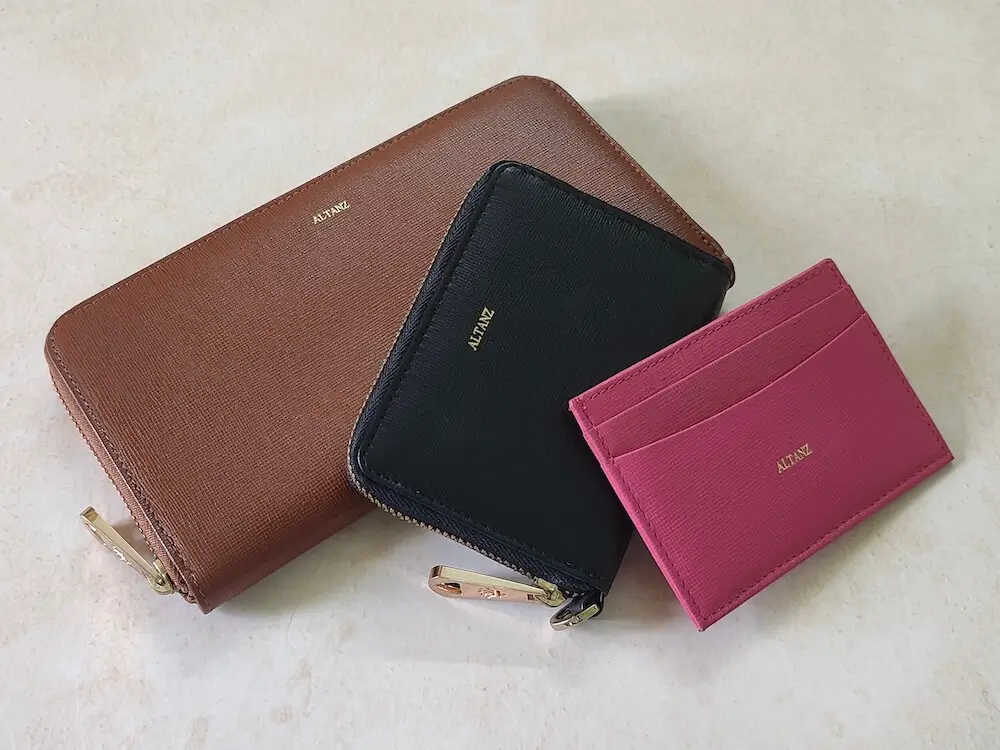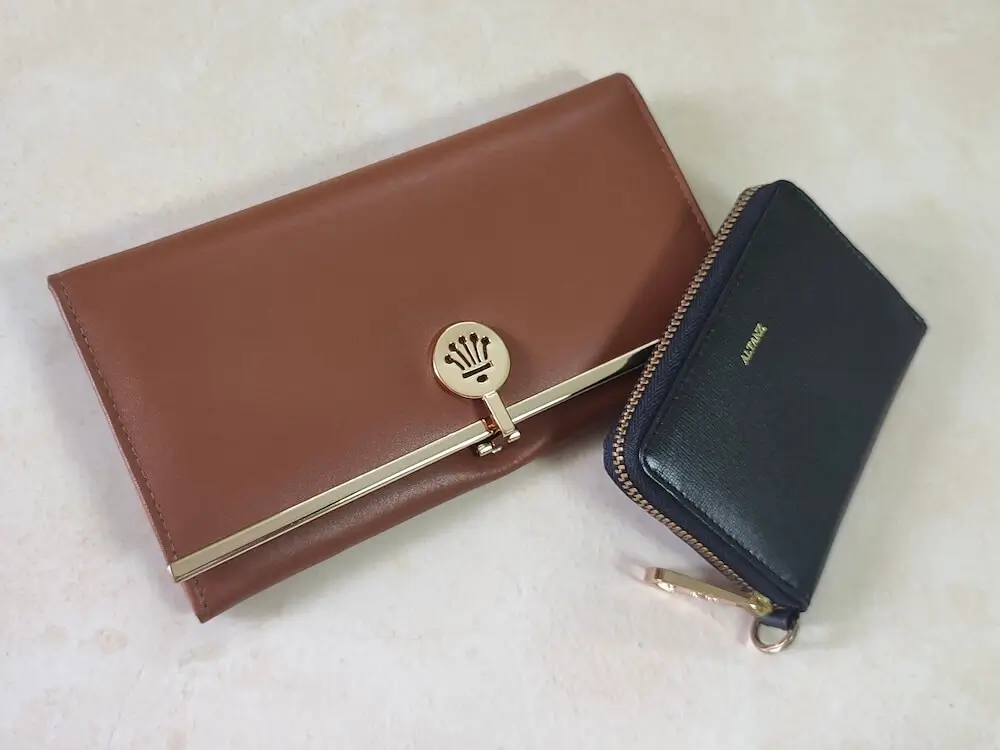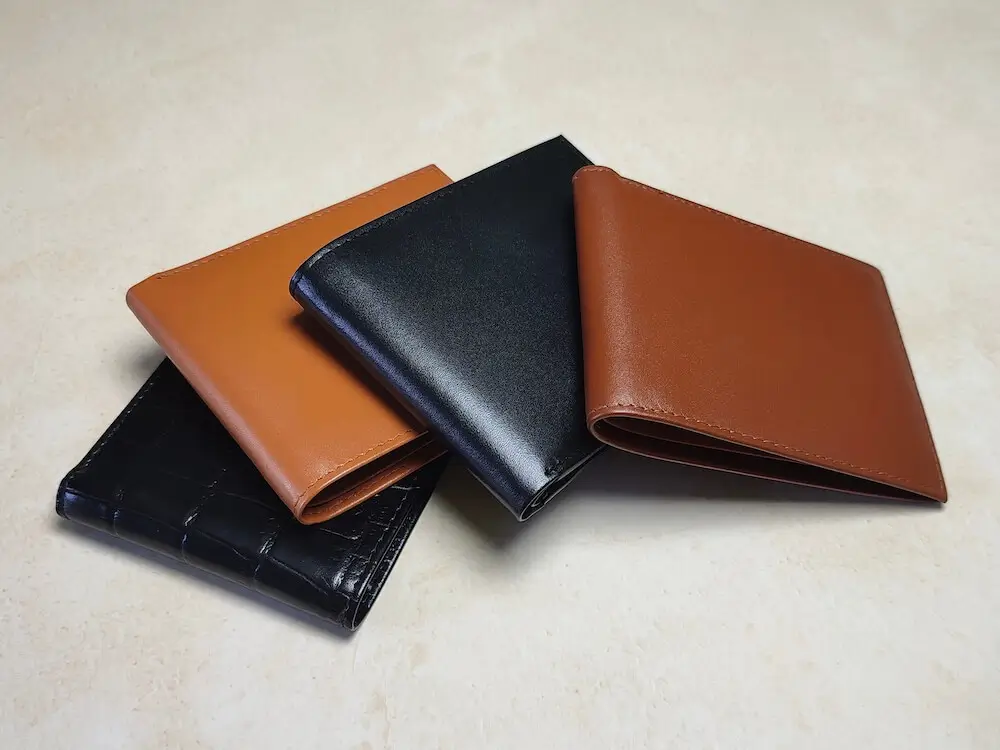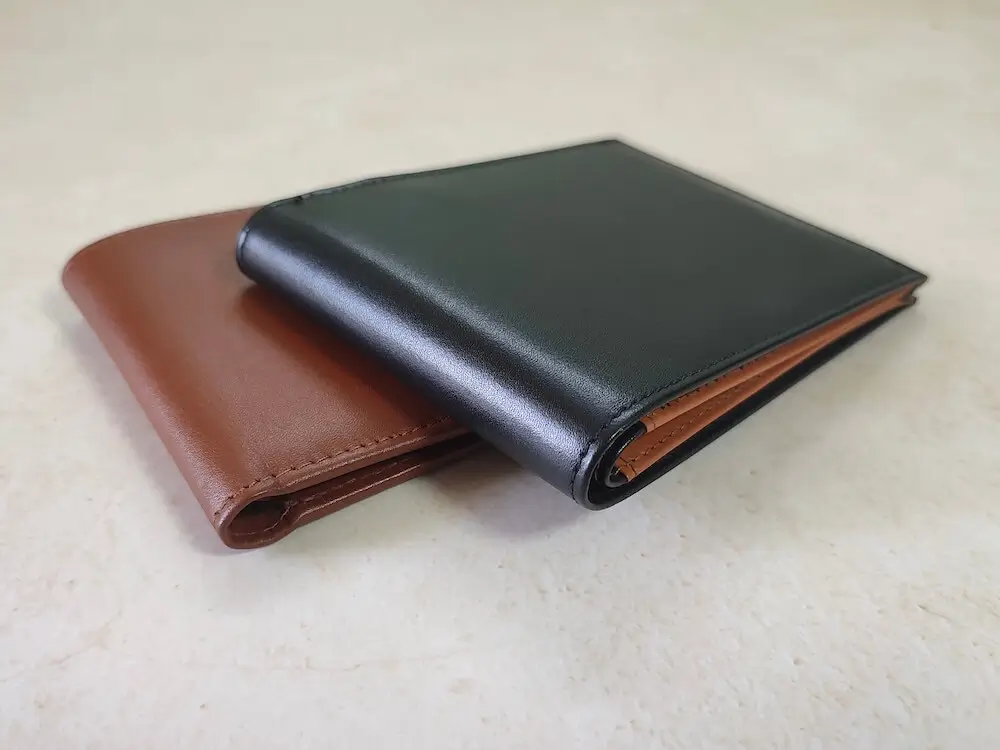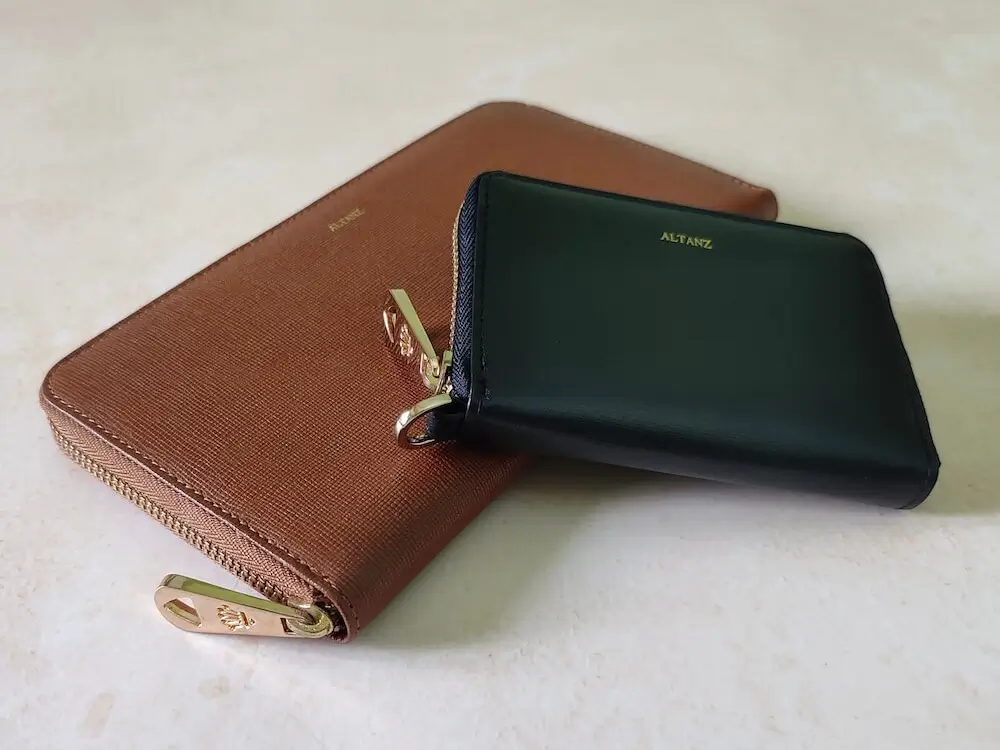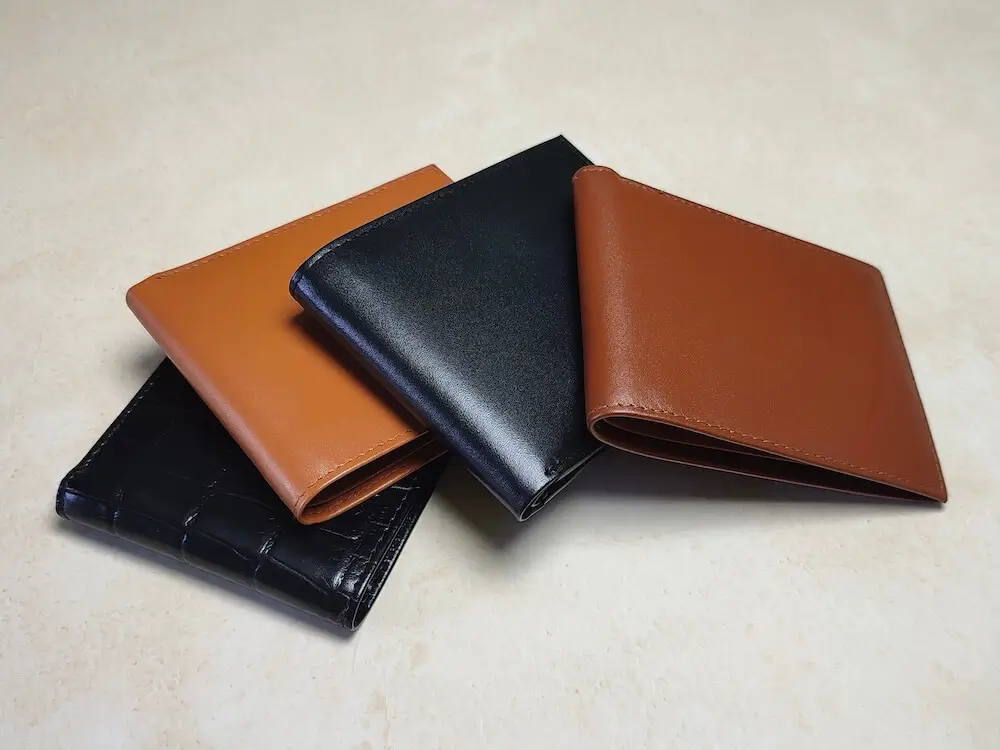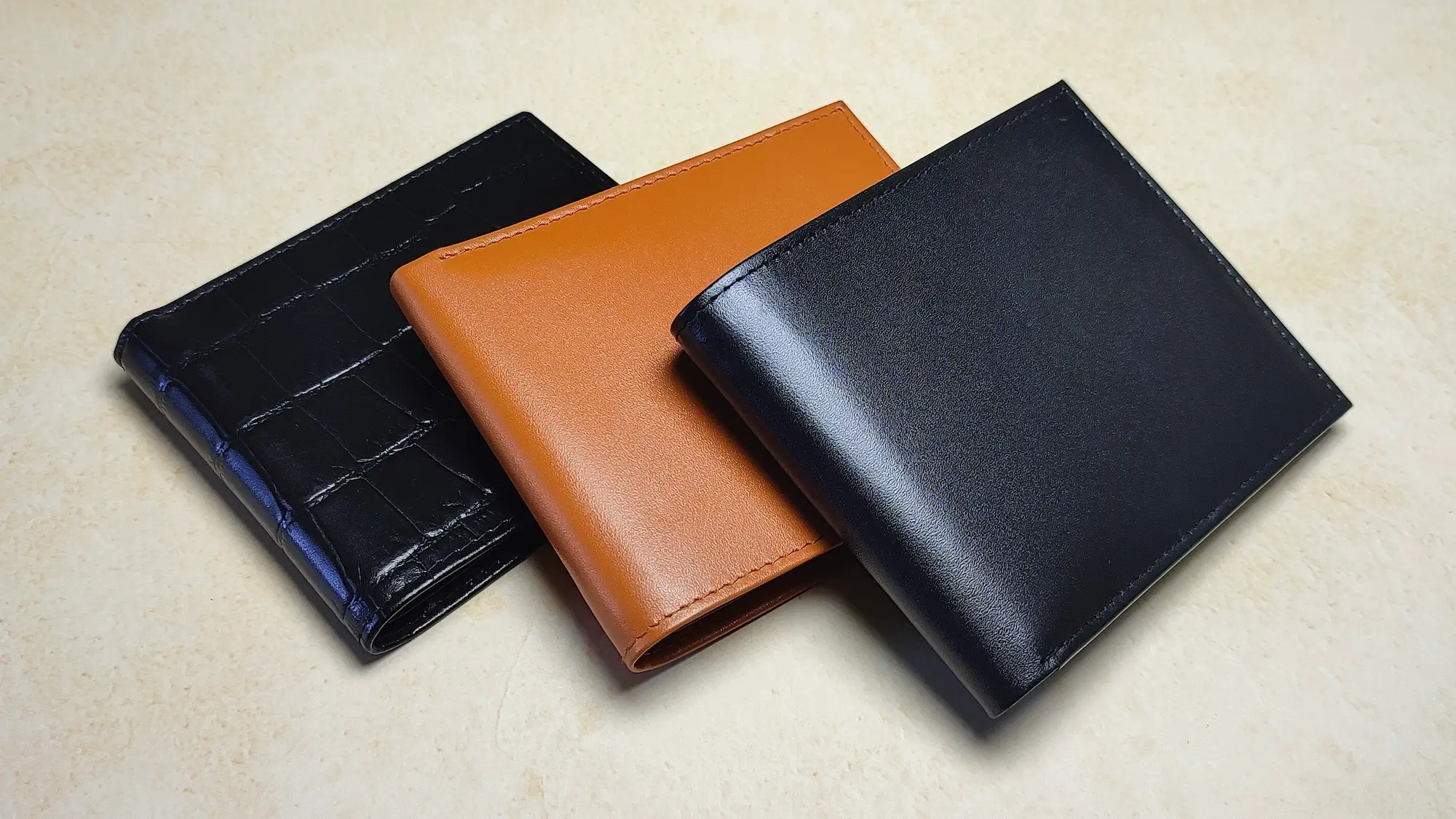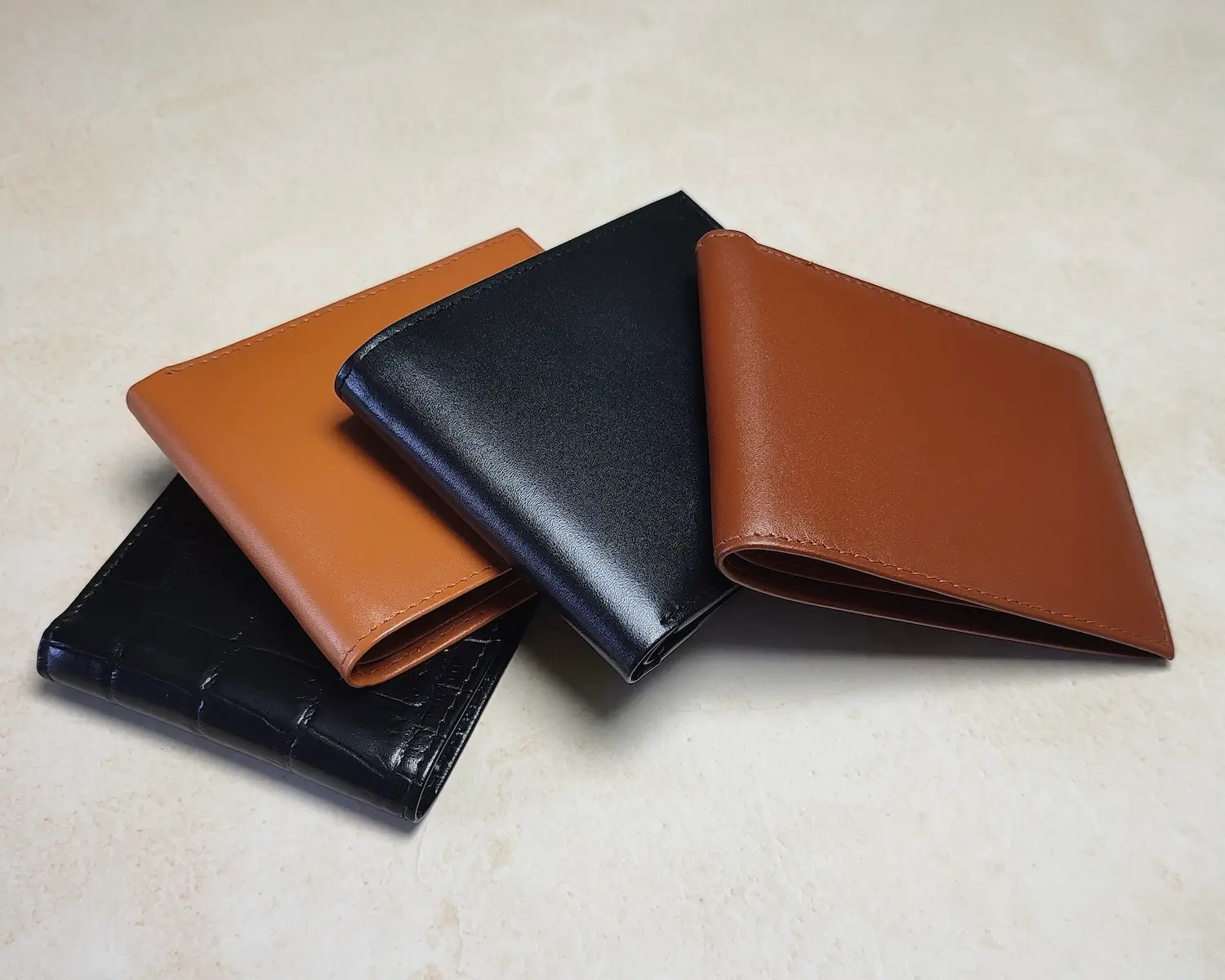Craftsmanship & Heritage
Leather 101: The Journey from Rawhide to Luxury Goods
Introduction
Leather is one of the most versatile and luxurious materials in the world, known for its durability, elegance, and timeless appeal. From humble rawhide to finely crafted luxury goods, the journey of leather is a fascinating blend of tradition, innovation, and craftsmanship. This article explores the step-by-step process that transforms rawhide into premium leather products.
Table of Contents
- Introduction to Leather Production
- Step 1: Sourcing Rawhide
- Step 2: The Tanning Process
- Step 3: Splitting and Grading
- Step 4: Coloring and Finishing
- Step 5: Crafting Leather Goods
- Applications of Leather
- The Role of Craftsmanship in Luxury Leather
- Sustainability in Leather Production
- Caring for Leather Goods
- The Evolution of Leather in Luxury
- Conclusion
- FAQs
Introduction to Leather Production
Leather has been used for centuries, cherished for its resilience and aesthetic qualities. Its adaptability has made it a cornerstone of fashion, accessories, furniture, and more.
What makes leather so special? The combination of natural strength, a luxurious feel, and the ability to improve with age sets it apart from synthetic materials. The process of creating leather, however, requires meticulous care and expertise to ensure it meets the highest standards.
Step 1: Sourcing Rawhide
Types of Rawhide
The journey begins with sourcing the rawhide, the unprocessed skin of animals. Different types of hides are used to produce various leather goods:
- Cowhide: The most common type, prized for its durability and versatility.
- Lambskin: Known for its softness and lightweight nature, often used in luxury apparel.
- Goatskin: Offers a balance of durability and flexibility, commonly used for gloves and wallets.
- Exotic Leathers: Crocodile, ostrich, and stingray are used for high-end, distinctive items.
Ethical Sourcing
In recent years, ethical practices have become a priority in leather production. Responsible sourcing involves using hides as byproducts of the meat industry, ensuring no animals are raised solely for their skins. Sustainable practices also reduce environmental harm and promote humane treatment of animals.
Step 2: The Tanning Process
What Is Tanning?
Tanning is the process of treating rawhide to prevent it from decomposing, transforming it into durable and usable leather. This step is crucial to ensure that the material is strong, flexible, and resistant to moisture.
Traditional Vegetable Tanning
Vegetable tanning uses natural tannins from tree bark, leaves, and fruits. This eco-friendly method produces leather with a rich, earthy tone that develops a beautiful patina over time.
- Advantages: Durable, biodegradable, and environmentally friendly.
- Applications: Ideal for belts, bags, and shoes that benefit from a firm texture.
Modern Chrome Tanning
Chrome tanning is a faster, more industrialized method that uses chromium salts to treat leather.
- Advantages: Creates softer, more flexible leather suitable for apparel and upholstery.
- Challenges: Proper waste management is required to minimize environmental impact.
Step 3: Splitting and Grading
Splitting Rawhide
Once tanned, the leather is split into layers:
- Top Layer: Used for high-quality full-grain and top-grain leather.
- Lower Layers: Often processed into suede or bonded leather.
Leather Grades
Leather is graded based on its quality and processing:
- Full-Grain Leather: Retains the entire grain layer, showcasing natural imperfections for durability and character.
- Top-Grain Leather: Sanded to remove imperfections, offering a smoother finish.
- Corrected-Grain Leather: Heavily processed with artificial textures.
- Bonded Leather: Made from scraps and fibers, less durable but cost-effective.
Step 4: Coloring and Finishing
Dyeing Techniques
Once the leather is split and graded, it undergoes dyeing to achieve the desired color. Different techniques cater to varying aesthetic and functional needs:
- Aniline Dyeing: A method that uses transparent dyes, preserving the leather’s natural grain and imperfections. This technique produces rich, vibrant tones but lacks surface protection, making it suitable for luxury items.
- Semi-Aniline Dyeing: Combines aniline dyes with a thin protective coating, offering a balance between natural appearance and durability.
- Pigmented Finishes: Uses opaque pigments to create a uniform color and protective layer, commonly used for heavily processed leathers.
Textures and Patterns
After dyeing, the leather can be finished with unique textures and patterns to enhance its appearance:
- Embossing: Creates decorative patterns or imprints, often mimicking exotic leathers like crocodile or snake.
- Distressing: Produces a vintage or worn look, popular in fashion and furniture.
- Glossy and Matte Finishes: Adds either a polished sheen or a subtle, muted effect, depending on the product’s intended style.
Step 5: Crafting Leather Goods
Cutting and Preparing
The prepared leather is cut into shapes and patterns that correspond to specific products. This step requires precision and skill to minimize waste and ensure a perfect fit for assembly. Artisans or machines use templates to guide the cutting process for wallets, bags, jackets, or furniture.
Assembly and Stitching
Stitching is a defining aspect of leather craftsmanship.
- Hand-Stitching: A traditional technique used in high-end goods, providing durability and a unique aesthetic. Saddle stitching, in particular, is a hallmark of luxury craftsmanship.
- Machine Stitching: Used for mass production, offering speed and consistency but often lacking the character of handmade pieces.
Linings, zippers, and hardware are attached during this stage to complete the product’s functionality and style.
Applications of Leather
Fashion and Accessories
Leather’s versatility makes it a staple in fashion and accessories:
- Clothing: Jackets, skirts, and trousers showcase leather’s ability to combine comfort and style.
- Bags and Wallets: Timeless designs in full-grain leather are prized for their durability and elegance.
- Footwear: From rugged boots to sleek dress shoes, leather’s adaptability ensures it remains a preferred material.
Furniture and Home Décor
Leather also plays a significant role in interior design:
- Upholstery: Sofas, chairs, and ottomans benefit from leather’s durability and luxurious texture.
- Decorative Items: Cushions, coasters, and wall hangings add sophistication to living spaces.
The Role of Craftsmanship in Luxury Leather
Handmade vs. Mass-Produced Leather Goods
Handmade leather goods are the pinnacle of quality and artistry. Unlike mass-produced items, handmade pieces offer:
- Unique Designs: Subtle variations that reflect the artisan’s skill.
- Superior Durability: Hand-stitching and precise assembly result in longer-lasting products.
The Artisan’s Touch
Skilled artisans bring centuries-old techniques to life, preserving traditional craftsmanship. Luxury brands often highlight the contributions of their artisans, celebrating their dedication and expertise in creating timeless pieces.
Sustainability in Leather Production
Innovations in Eco-Friendly Leather
The leather industry is evolving to address environmental concerns, adopting practices such as:
- Recycled Leather: Using scraps and byproducts to create new materials.
- Lab-Grown Leather: Producing leather-like materials in controlled environments, reducing reliance on livestock.
- Plant-Based Tanning: Replacing harsh chemicals with natural alternatives like tannins from oak or chestnut.
Ethical Practices
Sustainability extends beyond environmental impact to encompass fair labor practices and humane sourcing. Brands that prioritize transparency and worker welfare are setting new industry standards.
Caring for Leather Goods
Cleaning and Conditioning
Proper care ensures that leather goods maintain their appearance and longevity:
- Cleaning: Use a soft, damp cloth to remove dirt and dust. Avoid harsh chemicals that can damage the material.
- Conditioning: Apply a leather conditioner periodically to keep the material supple and prevent cracking.
Storage Tips
- Store leather items in a cool, dry place away from direct sunlight.
- Avoid overstuffing bags and wallets to maintain their shape.
- Use protective covers for furniture to prevent scratches and stains.
The Evolution of Leather in Luxury
Leather has been synonymous with luxury for centuries, from medieval armor and royal furnishings to today’s designer handbags and footwear. Its enduring appeal lies in its combination of practicality and elegance. Modern innovations and sustainability initiatives continue to elevate leather’s status in contemporary design.
Conclusion
The journey from rawhide to luxury goods is a testament to the versatility, durability, and artistry of leather. From ethical sourcing and tanning to crafting and finishing, each step in the process reflects a commitment to quality and innovation. By understanding this journey, we can appreciate the value of leather goods and the craftsmanship behind them.
FAQs
-
What is the difference between full-grain and top-grain leather?
Full-grain leather retains the natural grain, offering superior durability, while top-grain leather is sanded for a smoother finish. -
How is vegetable tanning different from chrome tanning?
Vegetable tanning uses natural tannins, making it eco-friendly, while chrome tanning is faster but involves chemicals. -
What are some eco-friendly alternatives to traditional leather?
Options include lab-grown leather, recycled leather, and plant-based materials like mushroom or pineapple leather. -
How can I identify high-quality leather goods?
Look for full-grain leather, clean stitching, and reputable brands that emphasize craftsmanship. -
Why is leather still considered a luxury material?
Leather’s durability, natural beauty, and the skill required to craft it contribute to its status as a luxury material.
FAQ : Frequently Asked Questions
Leather 101: The Journey from Rawhide to Luxury Goods
Answer:
Full-grain leather retains the natural grain, offering superior durability, while top-grain leather is sanded for a smoother finish.
Answer:
Vegetable tanning uses natural tannins, making it eco-friendly, while chrome tanning is faster but involves chemicals.
Answer:
Options include lab-grown leather, recycled leather, and plant-based materials like mushroom or pineapple leather.
Answer:
Look for full-grain leather, clean stitching, and reputable brands that emphasize craftsmanship.
Answer:
Leather’s durability, natural beauty, and the skill required to craft it contribute to its status as a luxury material.


